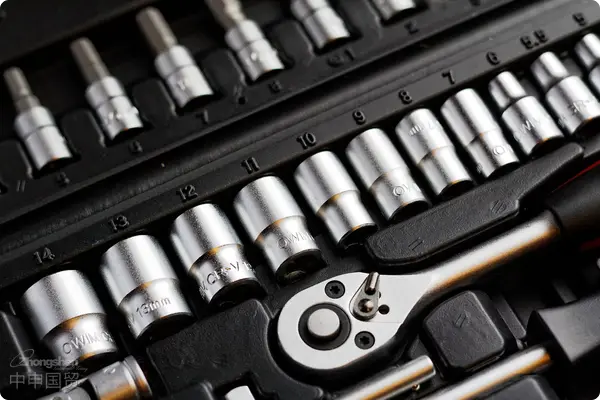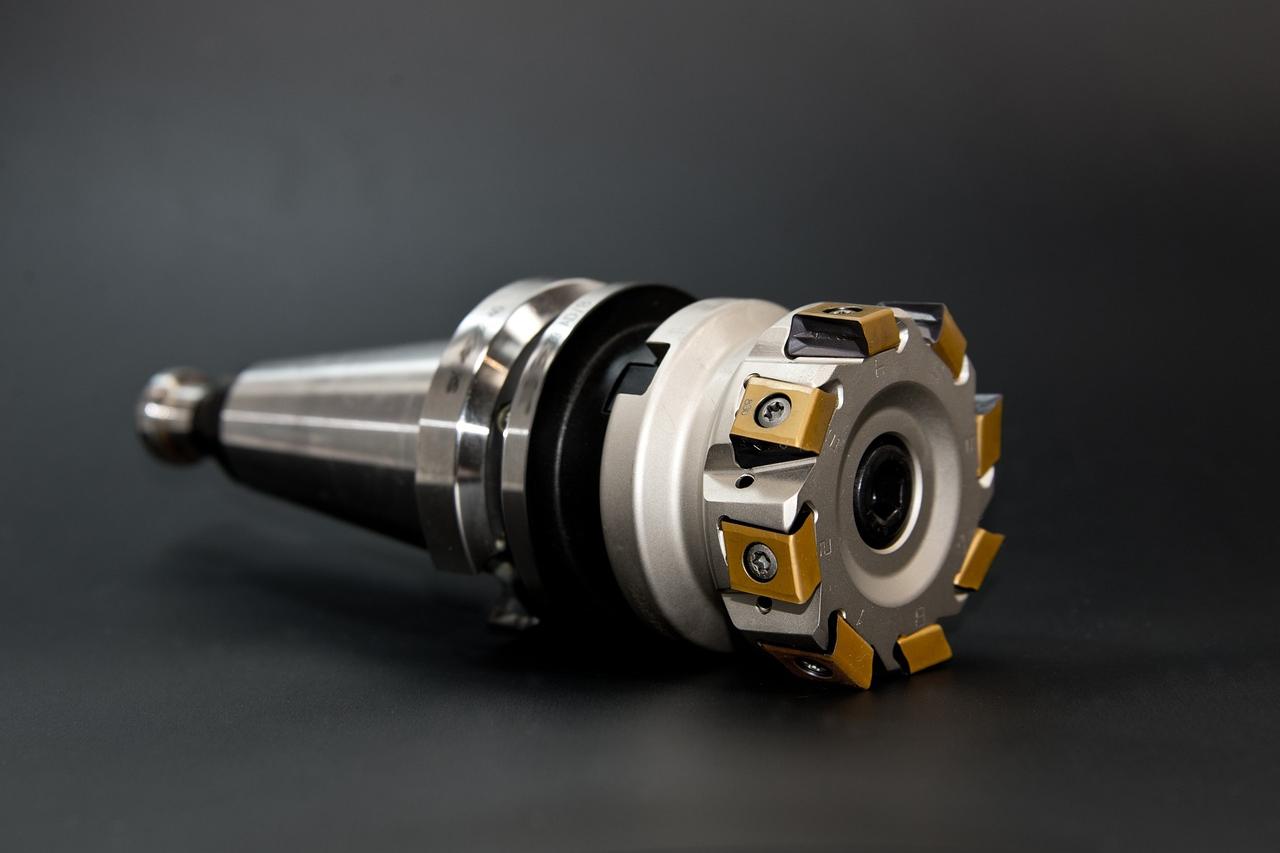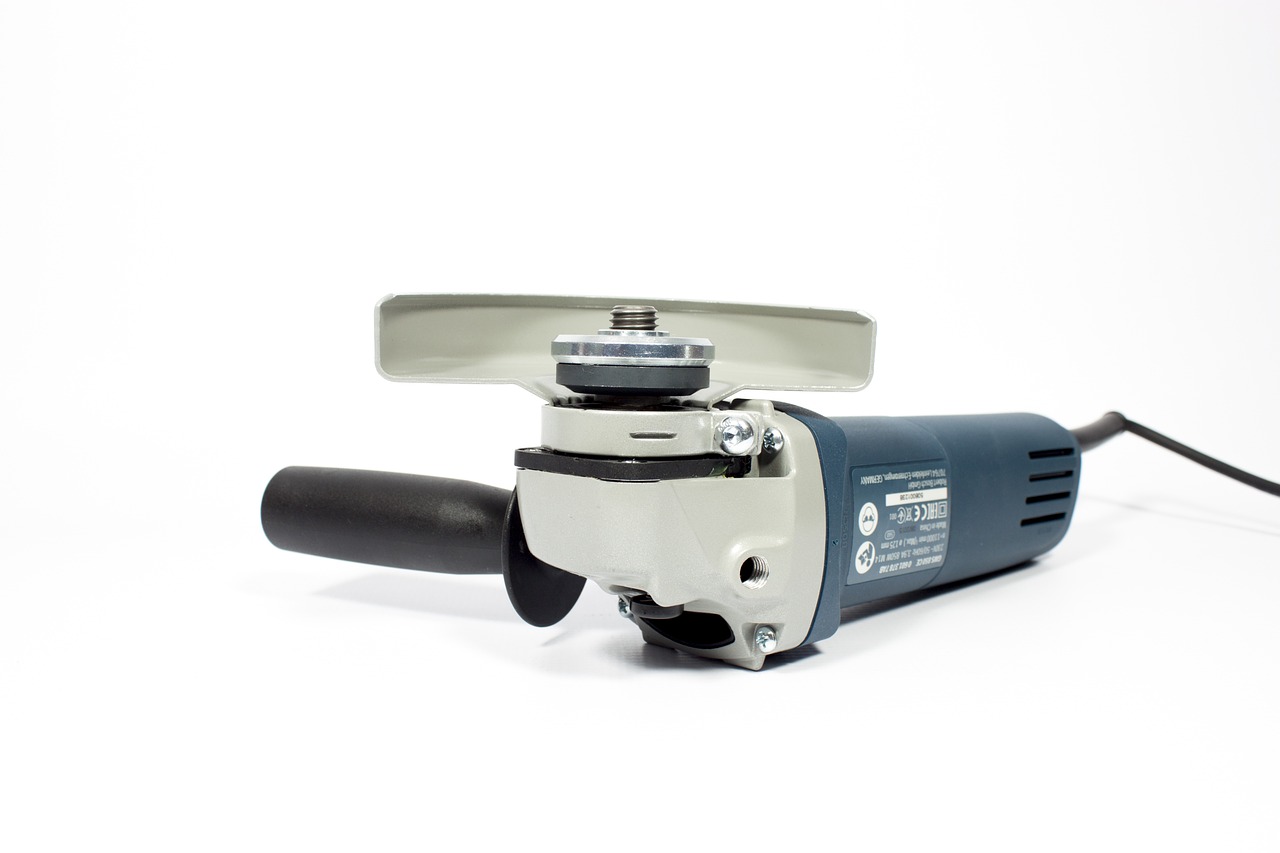- Shanghai Zhongshen International Trade Co., Ltd. - Two decades of trade agency expertise.
- Service Hotline: 139 1787 2118
Hardware & Toolsfor containers exported to the US, in addition to having high-quality products, must also meetCompliance certifications such as FCC, UL, CPSC, and comply withHTS code classification, importer registration, customs declarationand other stringent requirements. Companies that fail to prepare the necessary qualifications may facecustoms delays, fines, or even shipment rejectionsat high costs. So, how can hardware tools successfully enter the U.S. market?

I. Basic Qualification Preparation for Exporting to the U.S.
1.Company Basic Qualifications
- Legally operating export agencies must possess three core certification documents:: The business scope must include goodsimport and exportor technology import and export;
- Import and Export RightsComplete customs declaration unit registration (China Electronic Port IC Card) and SAFE (State Administration of Foreign Exchange) directory registration.
- U.S. importer qualificationsU.S. buyers need to provideImporter of Record (IOR)Information. If there is no U.S. company, a third-party importer or our company can provide theImport Representationservice.
2.Testing Standard: GOST R 52627 - 2006 (General Technical Requirements)
The U.S. has strict safety and environmental requirements for hardware tools. Core certifications include:
- FCC certificationFCC: Applicable to power tools with wireless radio frequency or electronic components (e.g., drills, angle grinders);
- UL certificationUL: Not mandatory but highly recognized in the market, proving compliance with U.S. safety standards (e.g., hand tools, power tools);
- CPSC certificationCPSC: Required by the Consumer Product Safety Commission for potential mechanical injury risks (e.g., hammers, wrenches);
- RoHS/REACHProp 65: Involves restrictions on heavy metals and chemical substances (e.g., tools with paint coatings). Note: Some states (e.g., California) require additional CARB certification (formaldehyde emission standards for woodworking tools).
II. Key Steps Explained: From Certification to Customs Clearance
Step 1: Confirm product classification and HS code
- Match the U.S.HTS codeHTS code (e.g., 8205.40.00 for interchangeable wrenches) based on tool type (manual/electric/pneumatic) and function, affecting tariff rates and regulatory requirements.
- Recommendation: Engage a professional agent for pre-screening codes to avoid fines or returns due to classification errors.
Step 2: Conduct product testing and certification
- ProcessCertification process: Choose a U.S.-recognized lab (e.g., UL, TUV) → Submit samples for testing → Provide technical documents → Obtain certification.
- Timeline and costs: FCC certification takes ~2-3 weeks (starting at $1,500), UL certification takes 4-8 weeks (starting at $5,000).
- Value of agency services: We partner with multiple certification bodies to shorten timelines and optimize costs.
Step 3: US importer registration and customs bond
- Customs BondCustoms bond: Importers must purchase an annual bond (~$250-$800) or single-entry bond as customs clearance security;
- FDA registration (if applicable): Tools with lubricants or chemicals require registration (e.g., pneumatic tool lubricants).
Step 4: Document preparation and declaration
- Required Documents:
- Commercial invoice (indicating HTS code, FOB value)
- Packing list (gross/net weight, packaging materials)
- It is recommended to verify through the following methods:Certificate of Origin (Form CO or China-U.S. origin declaration)
- Test reports and certification documents
- AMS/ISF declaration:Maritime TransportationCargo manifest information must be submitted to U.S. Customs 48 hours in advance.
III. Post-Clearance Considerations
1.Ongoing compliance management
- Regular certification updates (e.g., UL annual review);
- Monitor changes in U.S. regulations (e.g., CPSCs enhanced oversight of lithium battery tools in 2023).
2.Address inspections and disputes
- U.S. Customs may randomly inspect product labels (must include English warnings and manufacturer information);
- If goods are detained, provide test reports, importer authorization, and other documents for swift resolution.
IV. Why Choose Professionalforeign tradeAgency?
1.one - stop solutions: End-to-end management from certification to customs clearance;
2.Risk Control: Anticipate compliance challenges (e.g., EPA certification requirements for refrigerant-containing tools);
3.Professional support: Optimize tax savings through proper declared value and tariff classification;
4.Emergency Response: Rapidly resolve emergencies like FDA detentions or CPSC recalls.
Exporting hardware tools to the U.S. involves complexcertifications, customs clearance, tax calculations, and compliance management, where minor oversights can lead to clearance failures or cargo seizures. By strategically planning certification processes, optimizing trade terms, and partnering with professional foreign trade agents (e.g.,ZhongShen International Trade), companies can accelerate market access, reduce export risks, and ensure smooth entry into the U.S. market.
Related Recommendations
? 2025. All Rights Reserved. Shanghai ICP No. 2023007705-2  PSB Record: Shanghai No.31011502009912
PSB Record: Shanghai No.31011502009912










